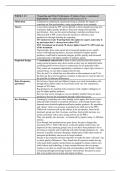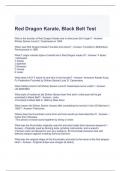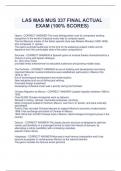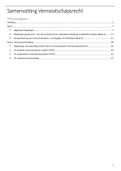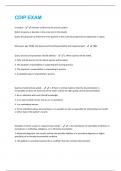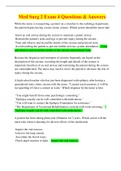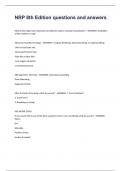Lecture notes
EC307 Lent Term Reading Notes Complete
- Module
- EC307 (EC307)
- Institution
- London School Of Economics (LSE)
Providing in-depth and comprehensive notes for development economics in Lent term taught by Robin Burgess. Complete 10 weeks of reading notes with in depth explanations of econometrics as well as real world examples within. Seller achieved 84/100 in their final exam.
[Show more]
